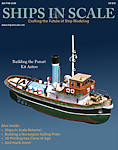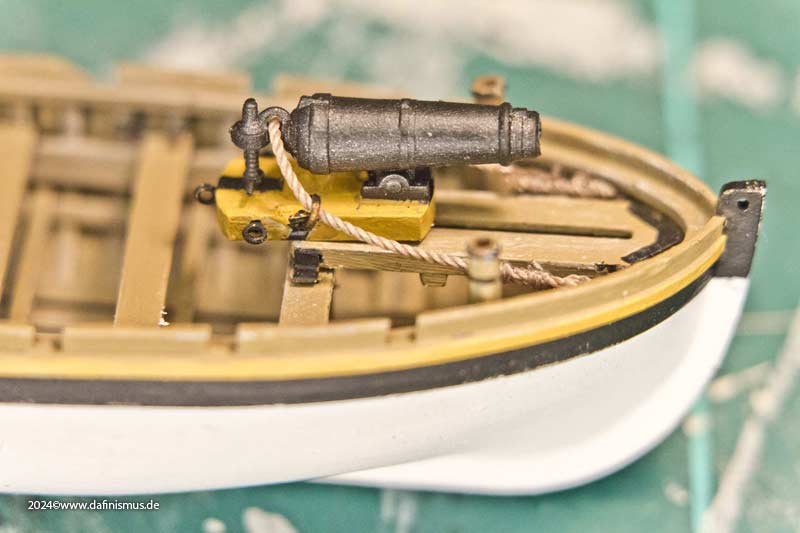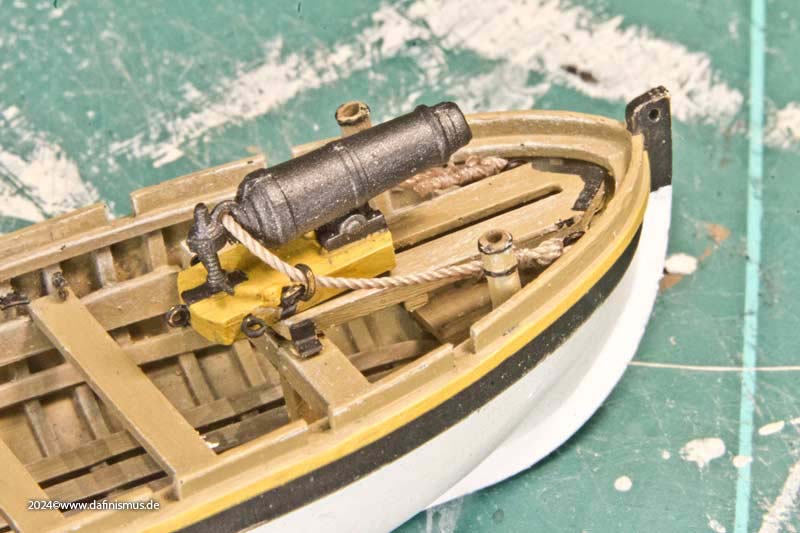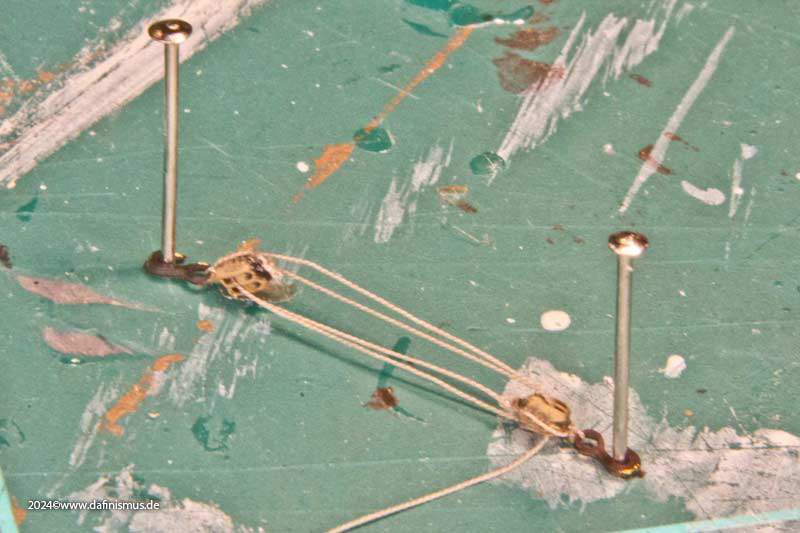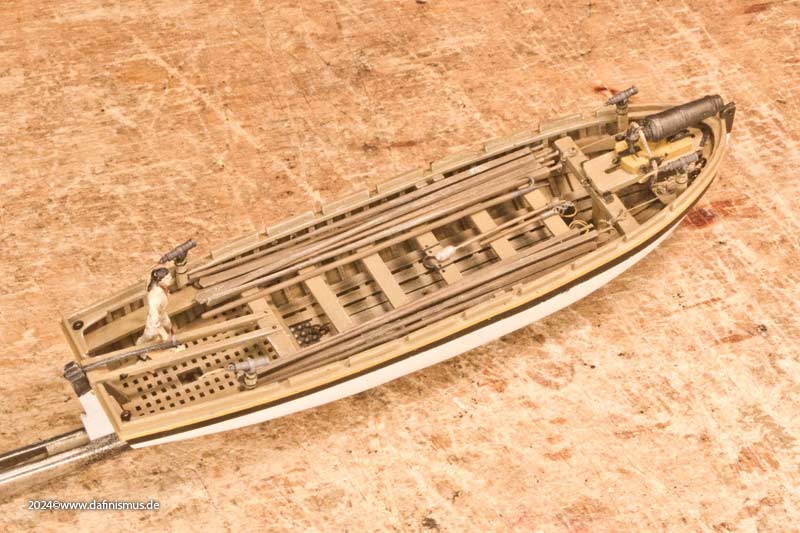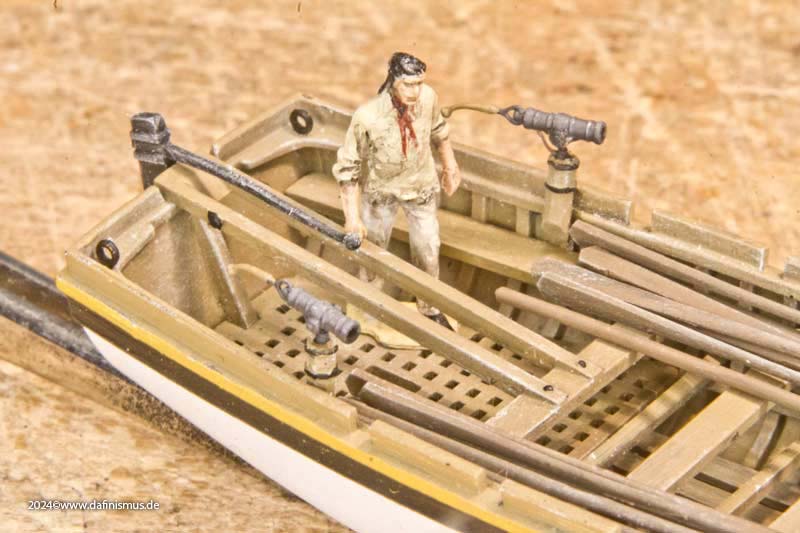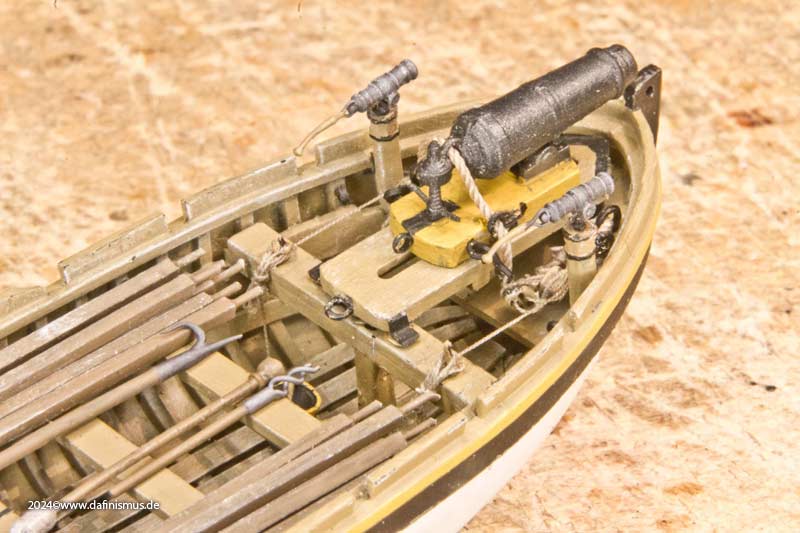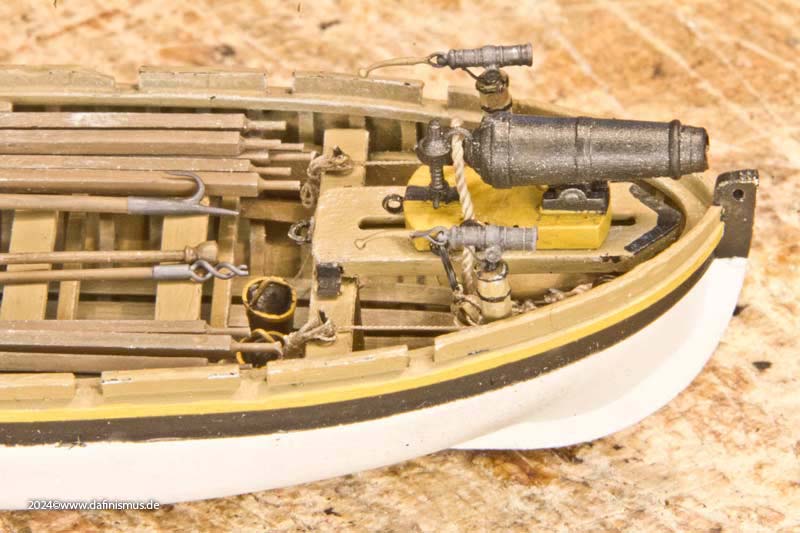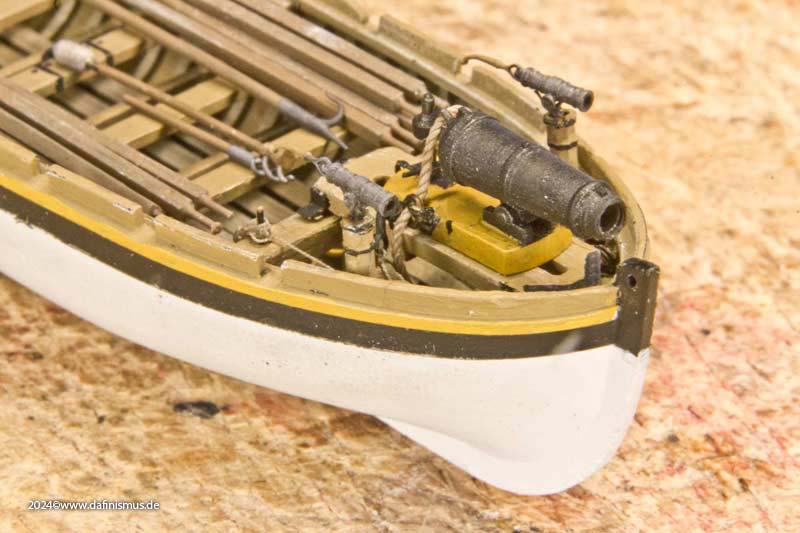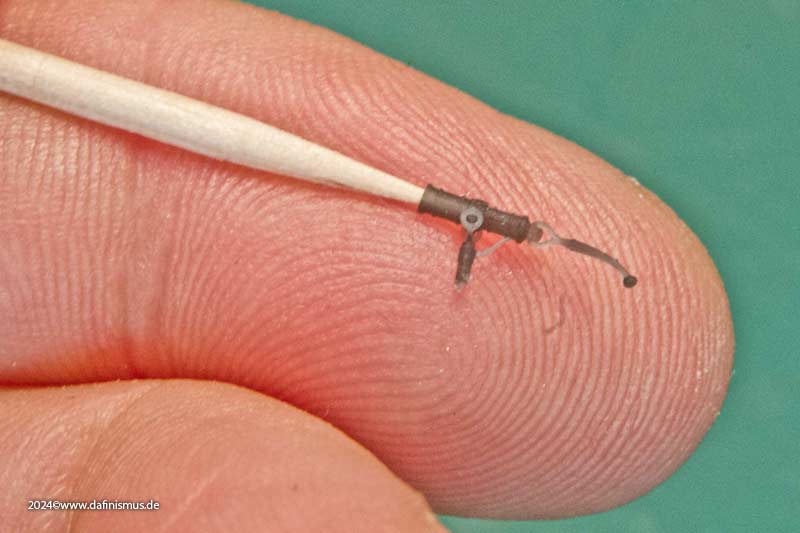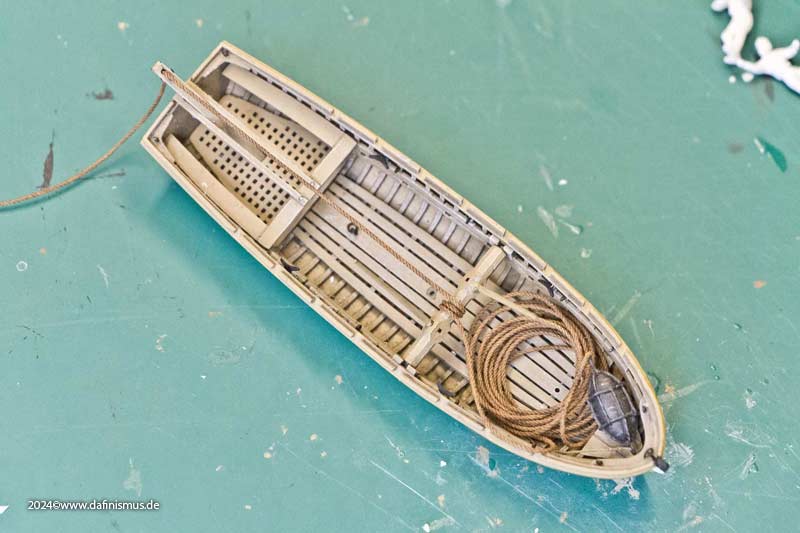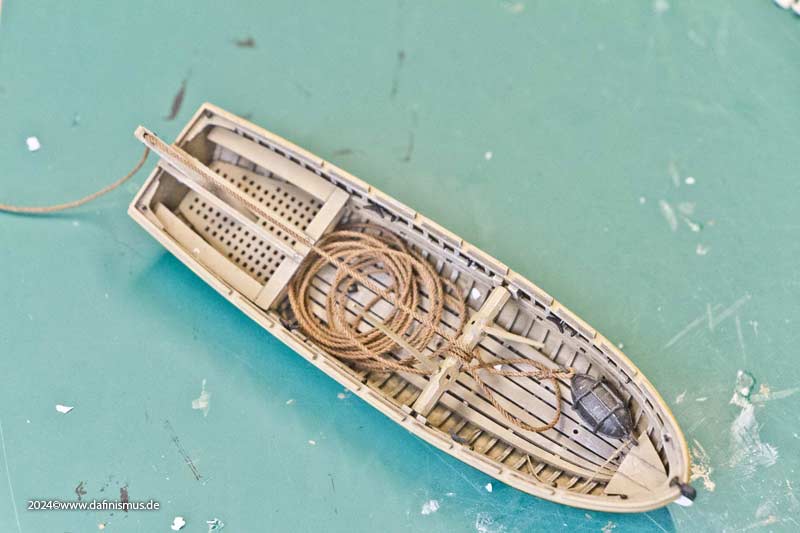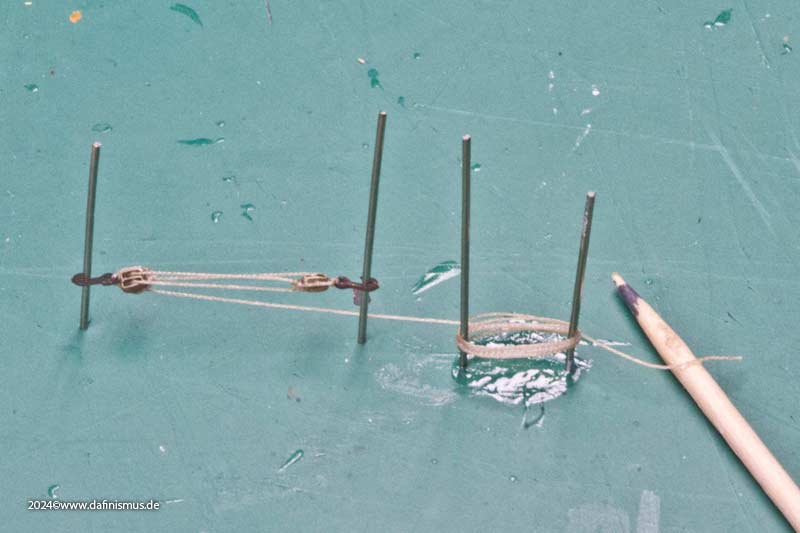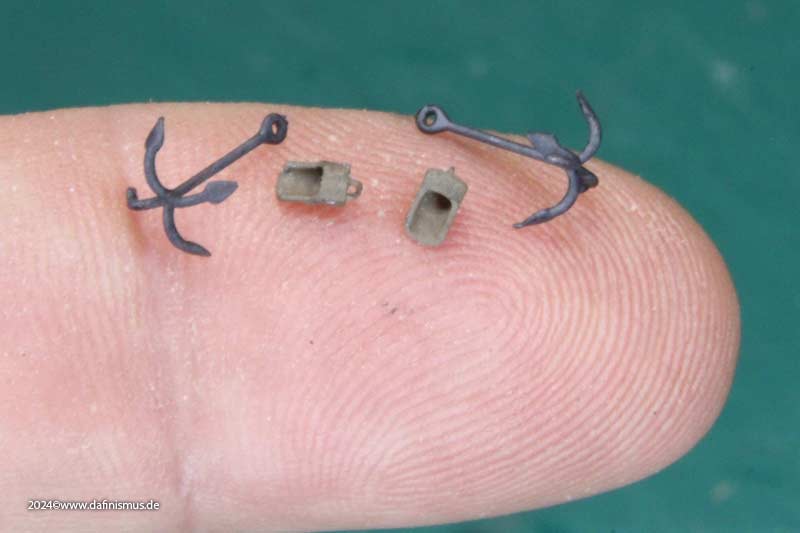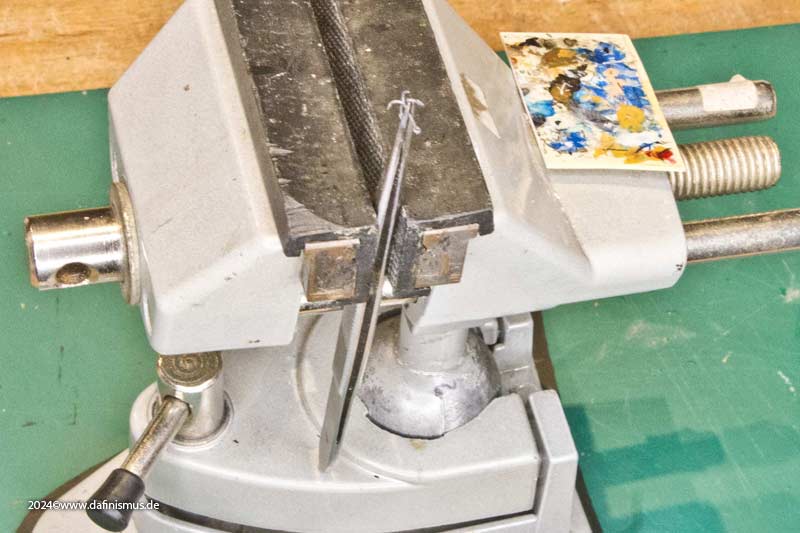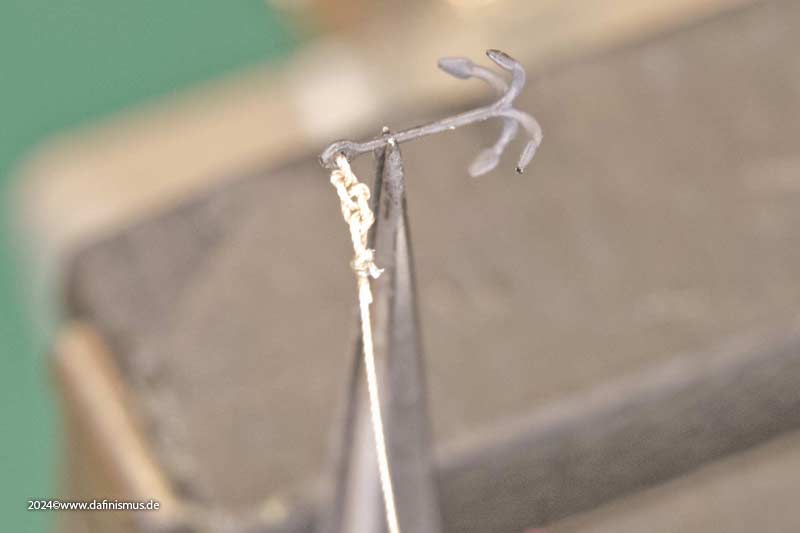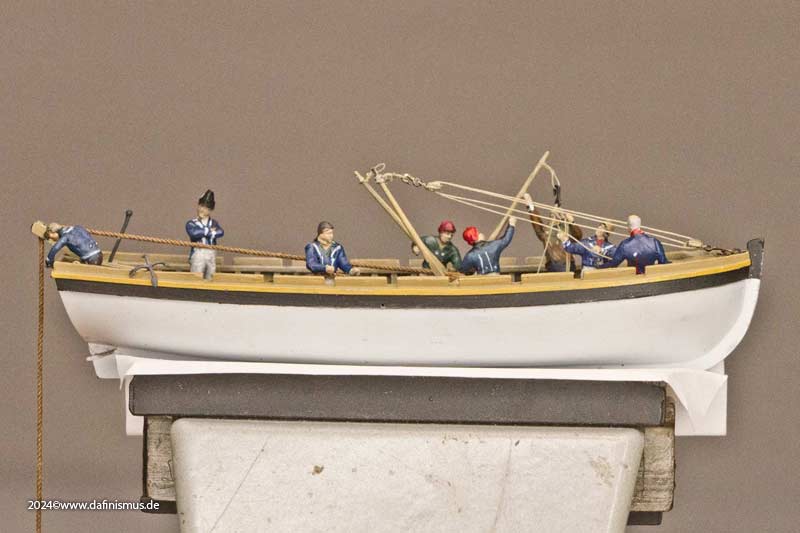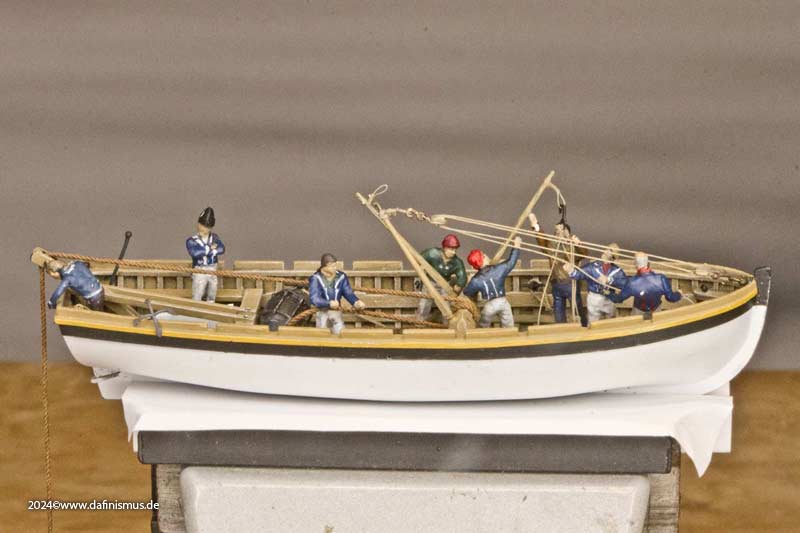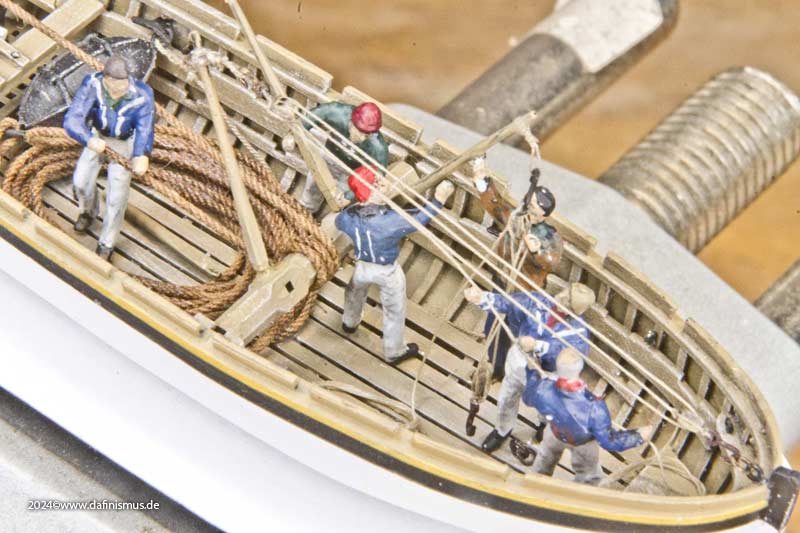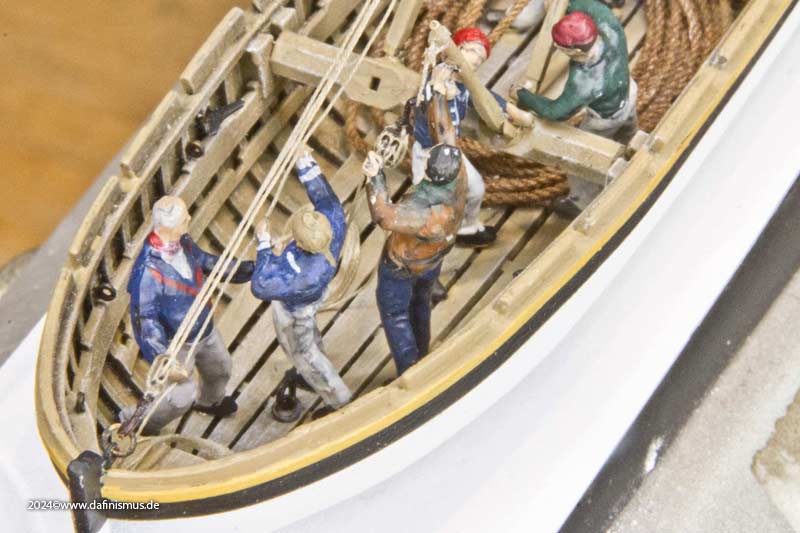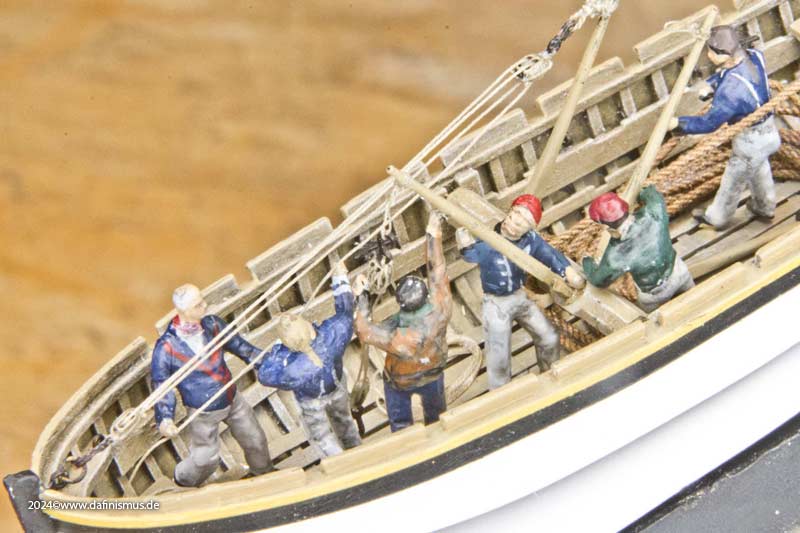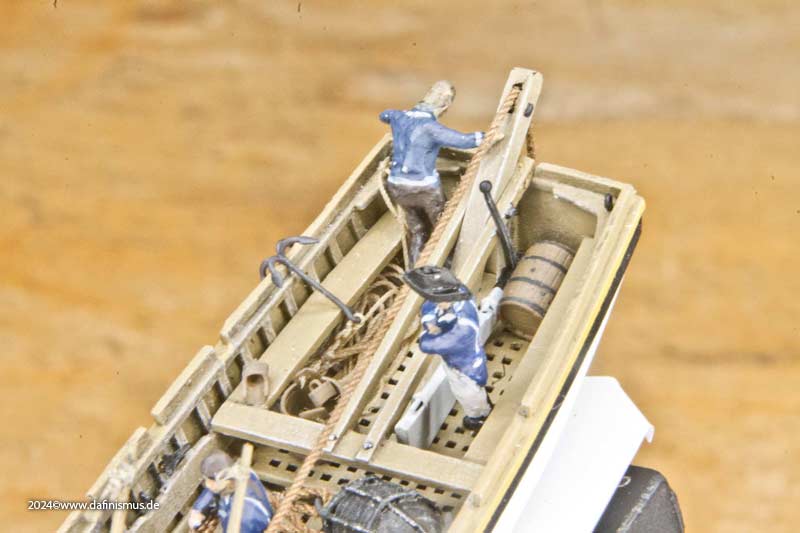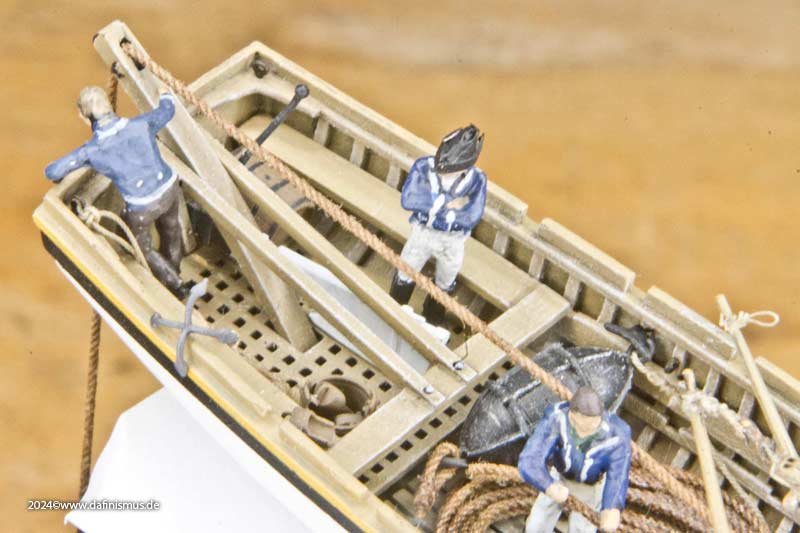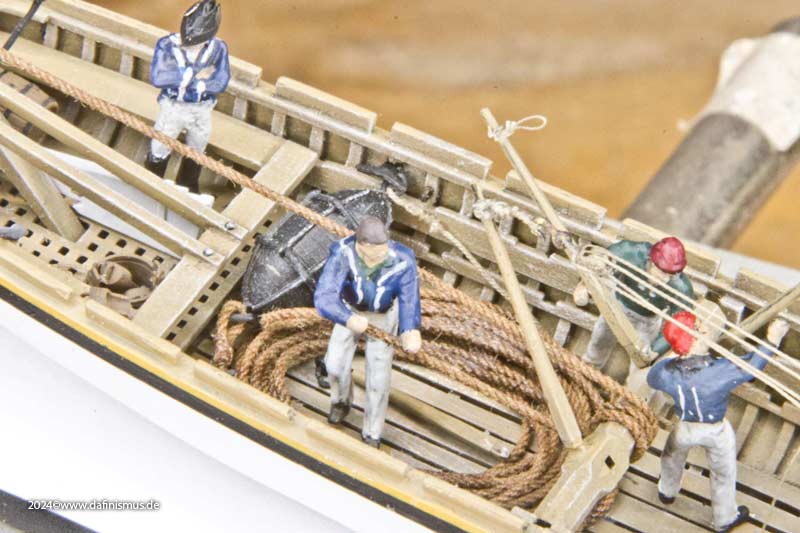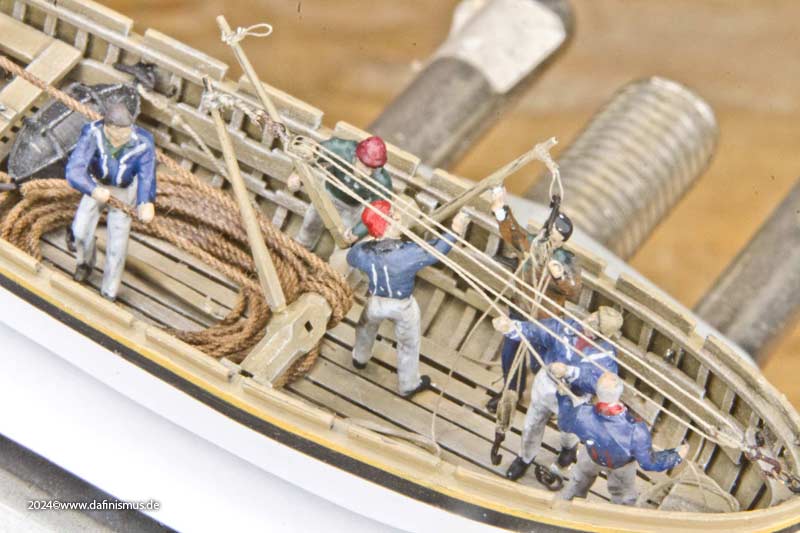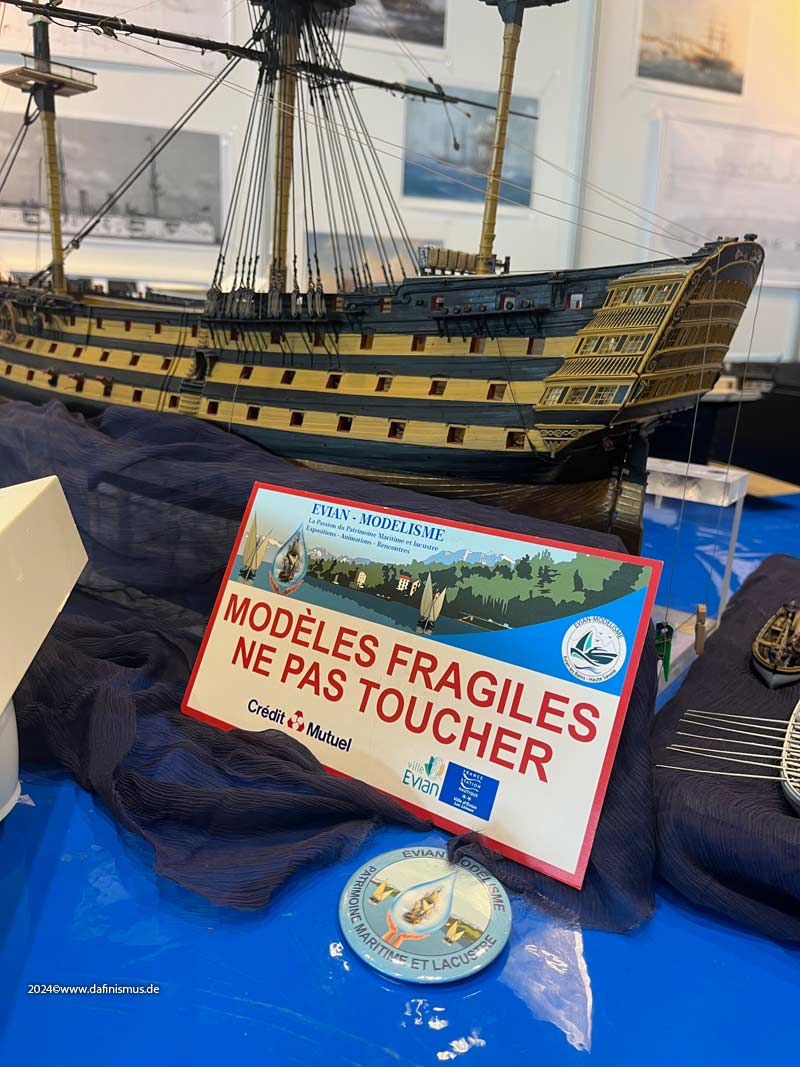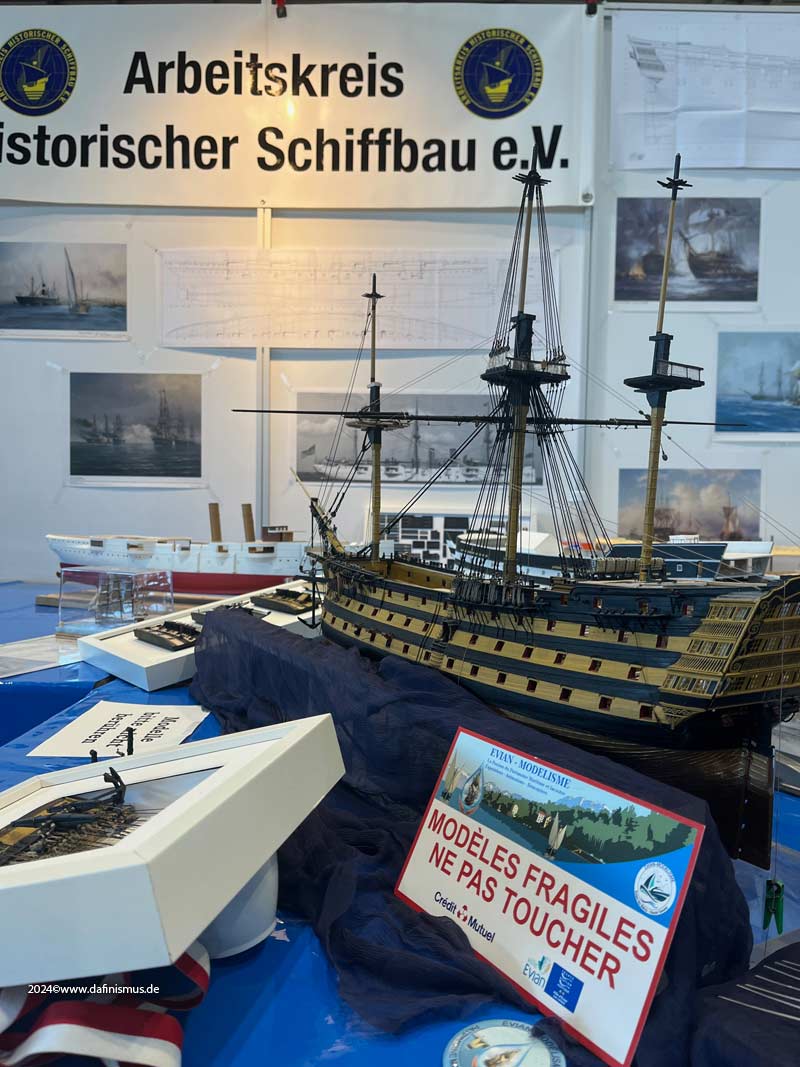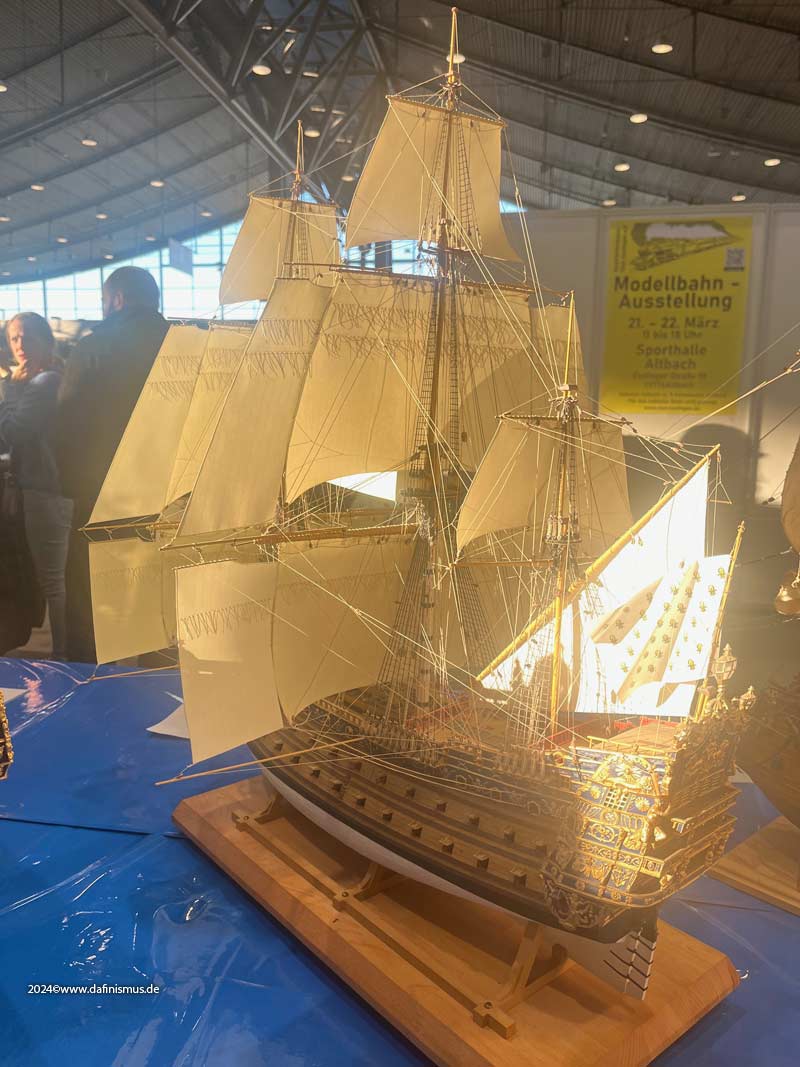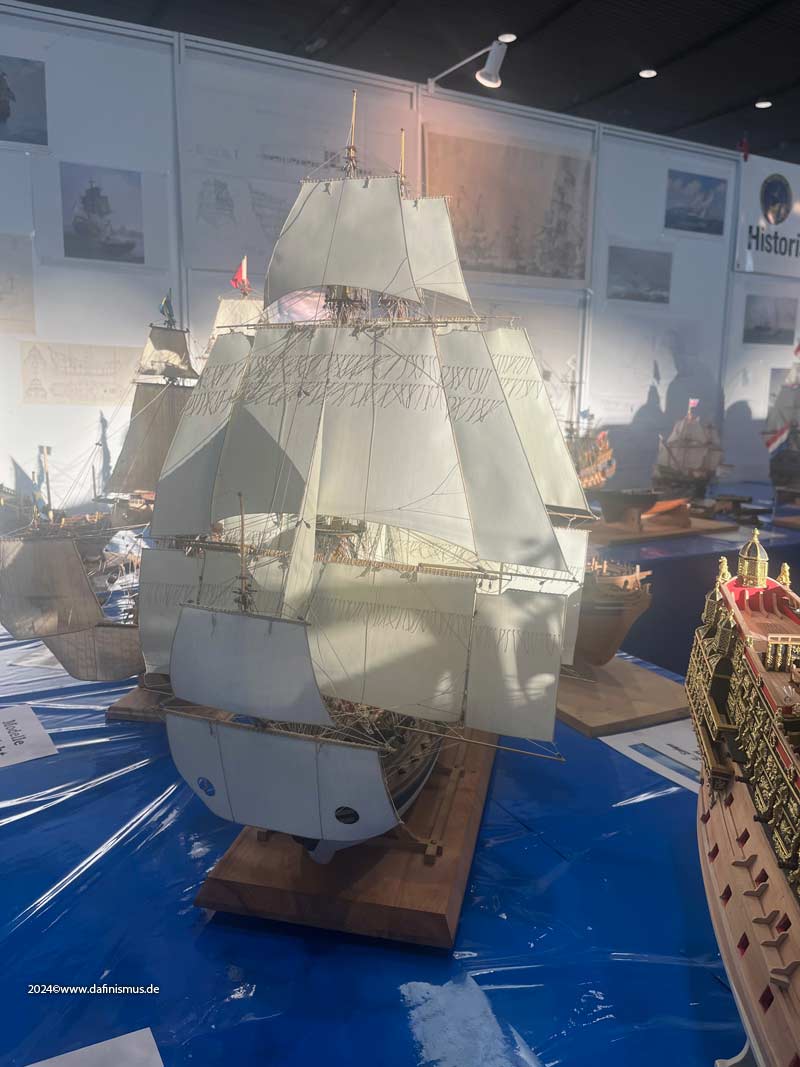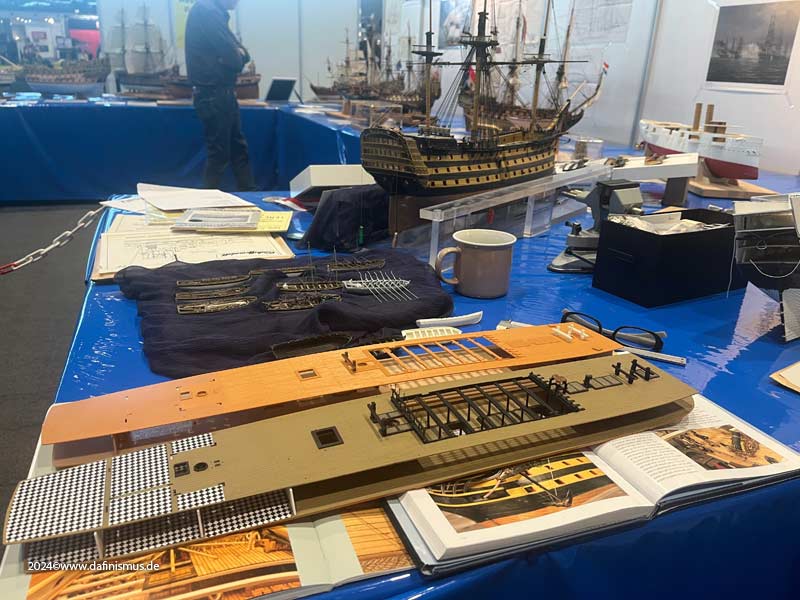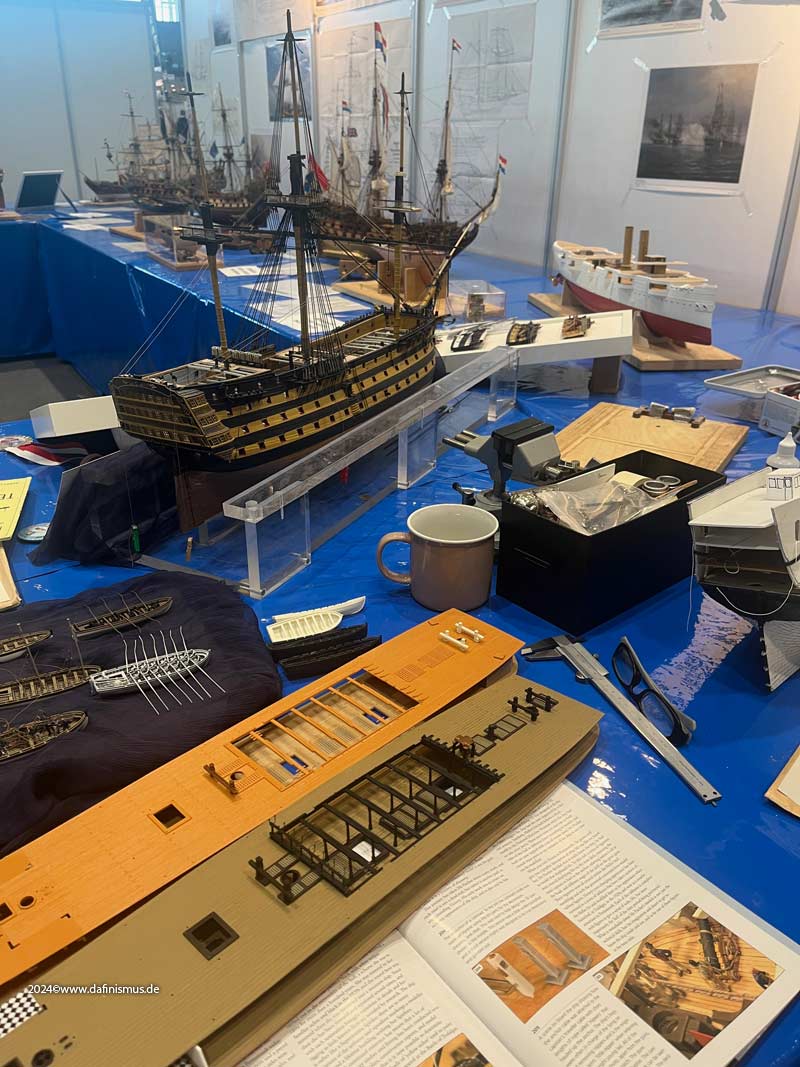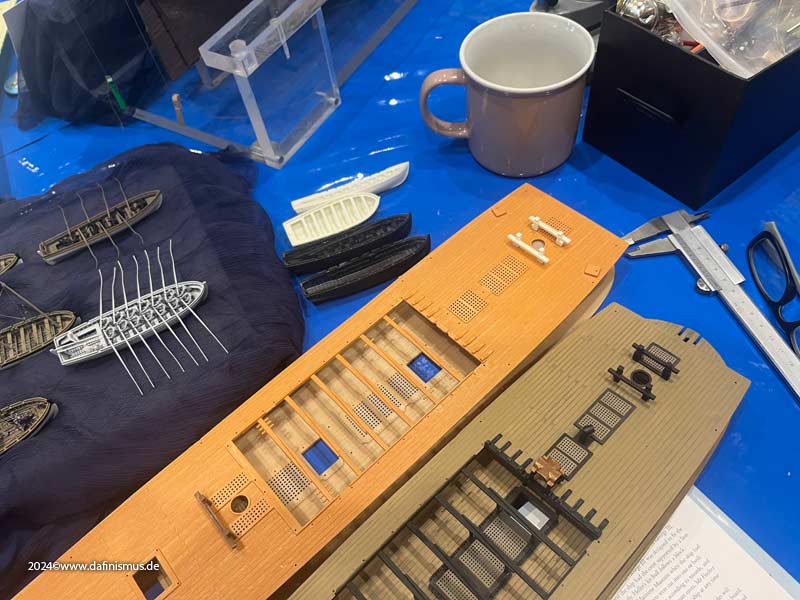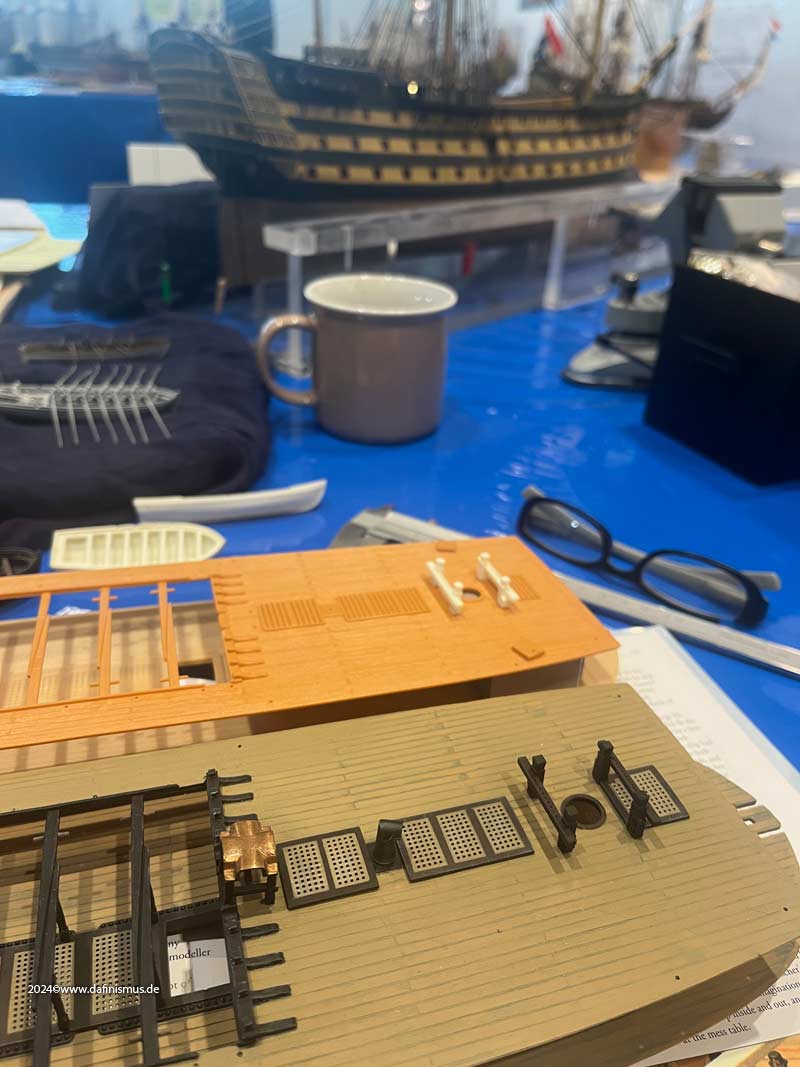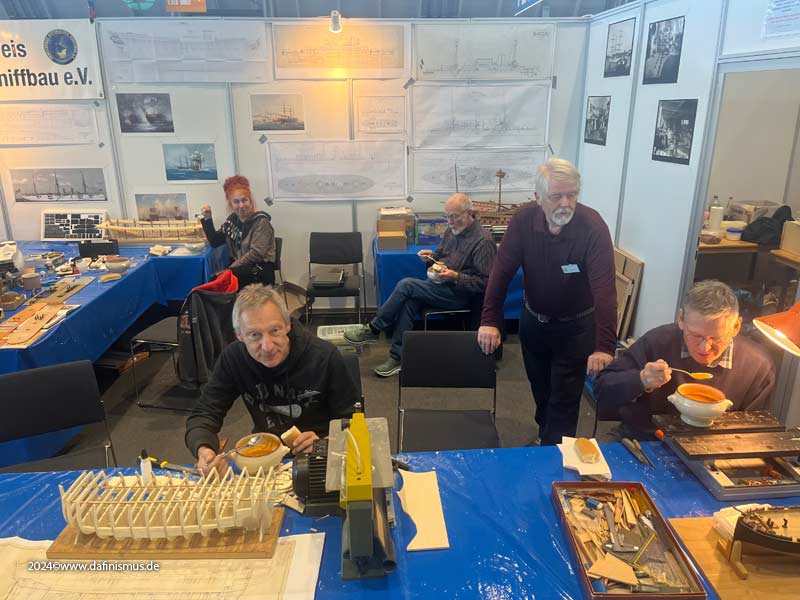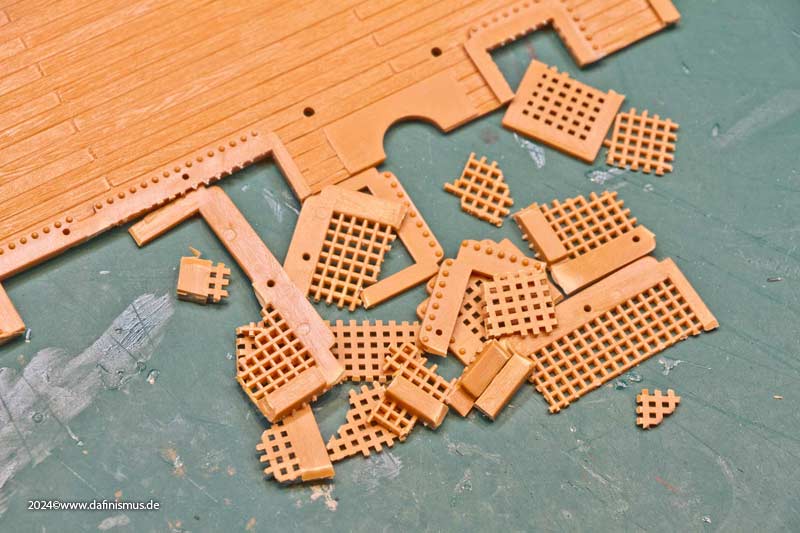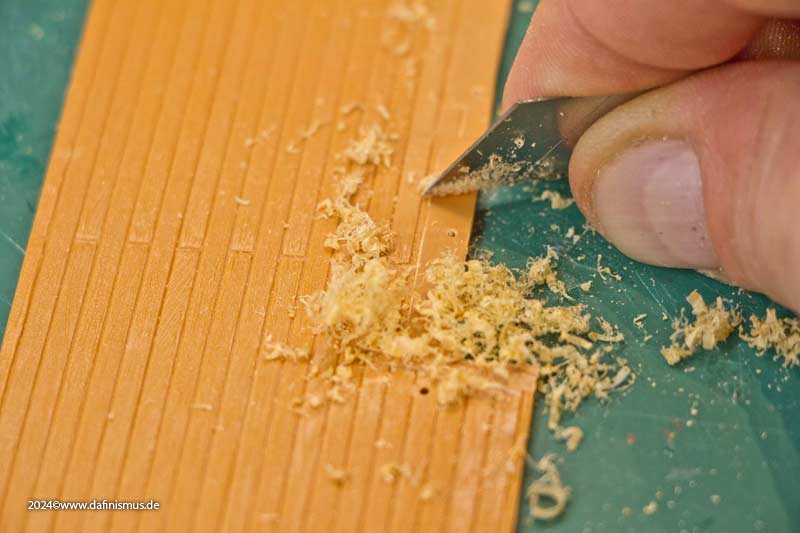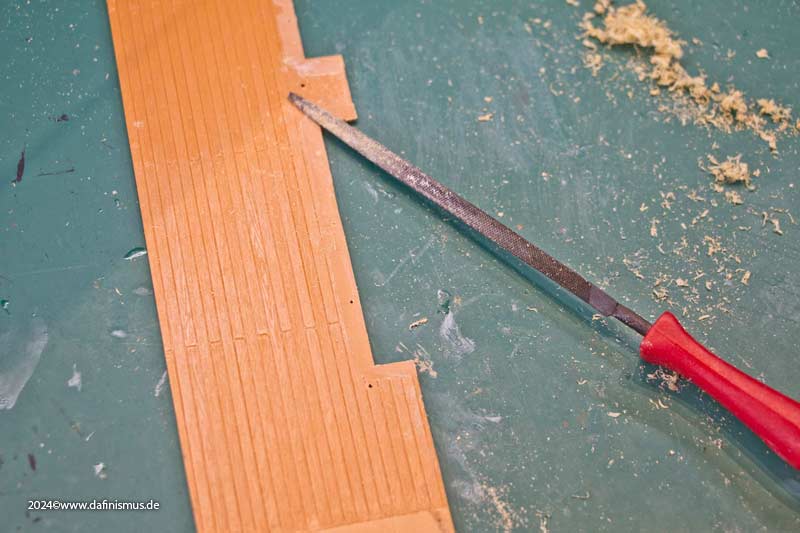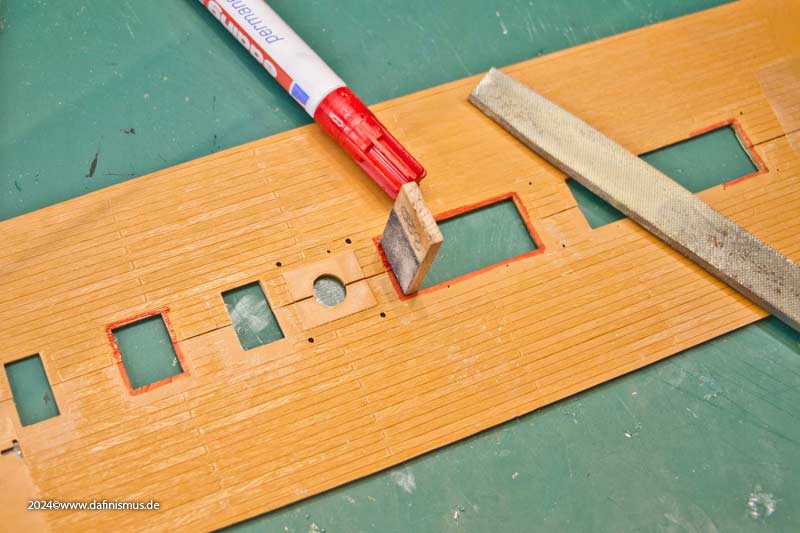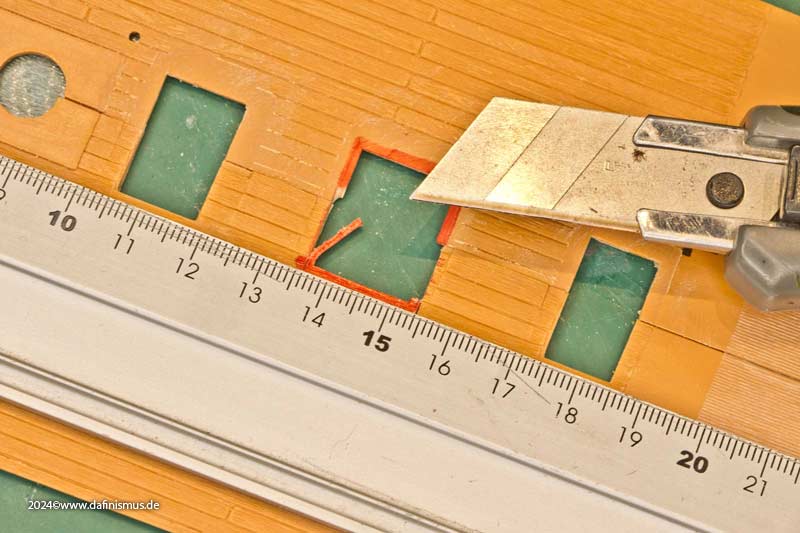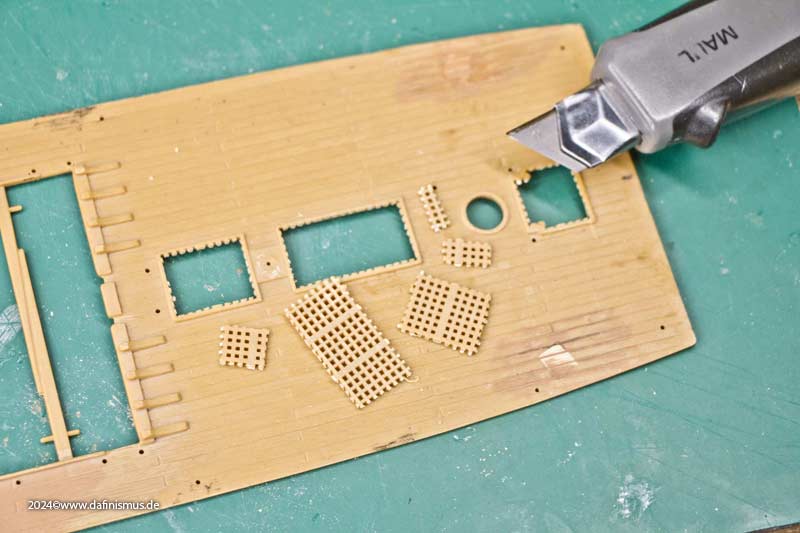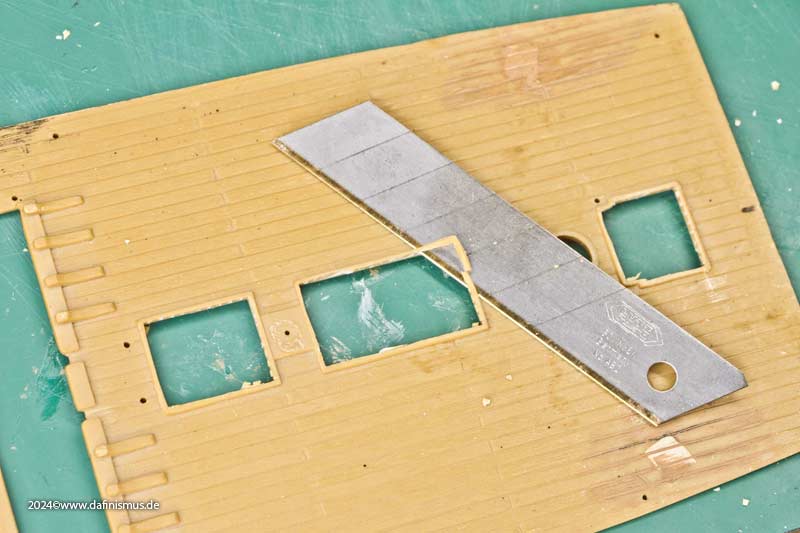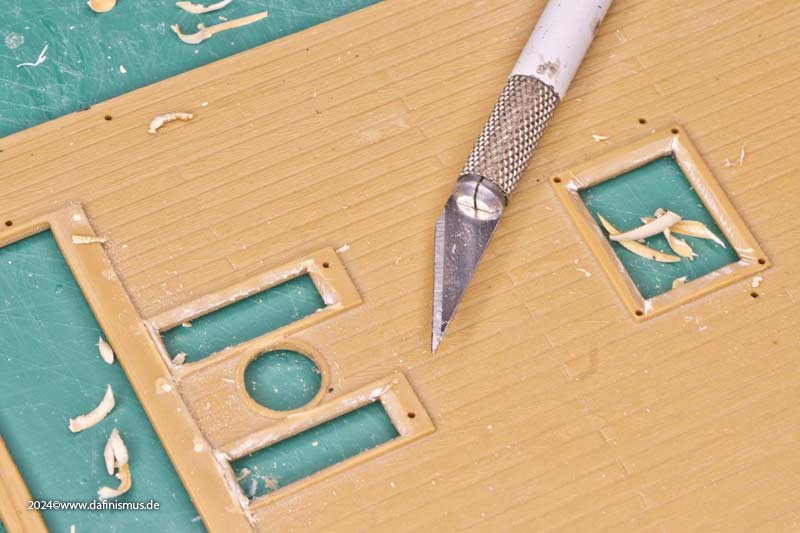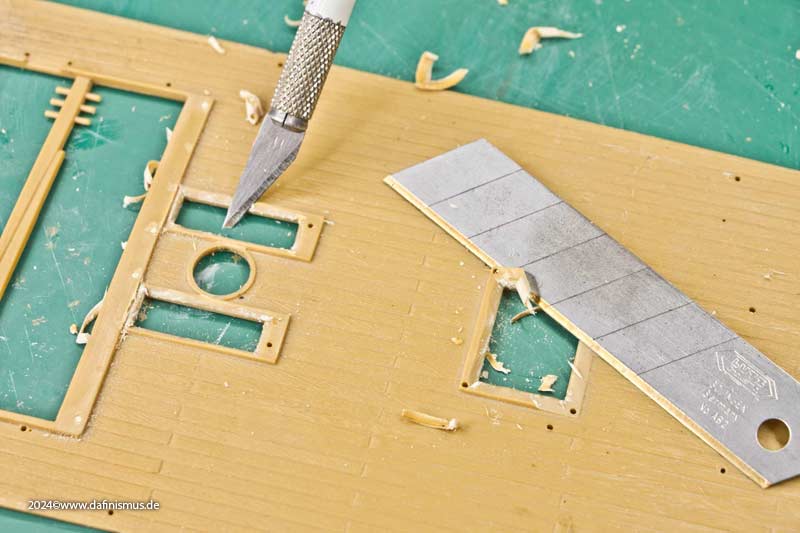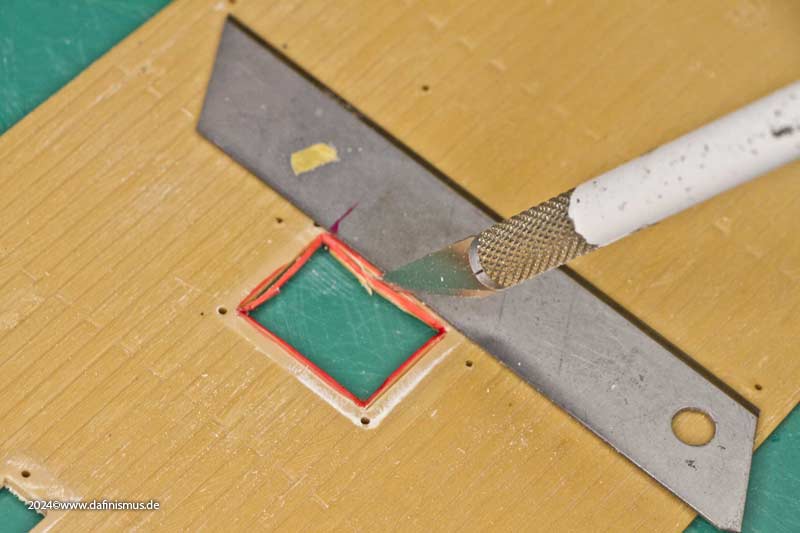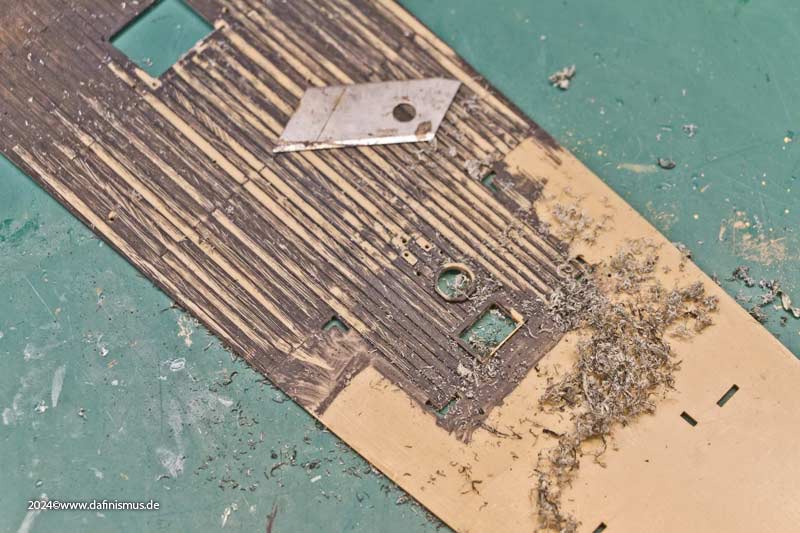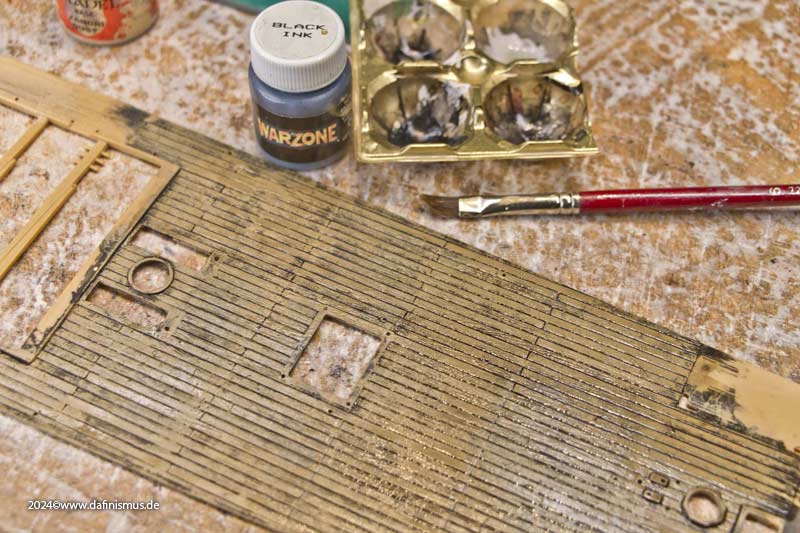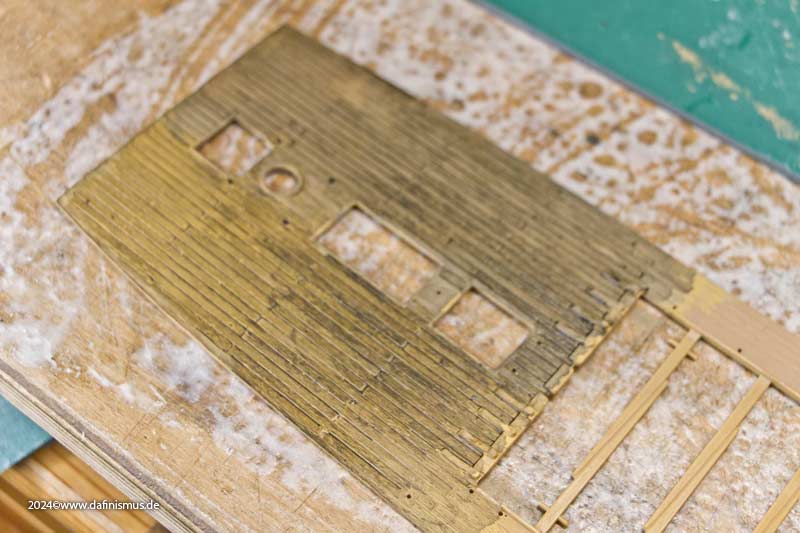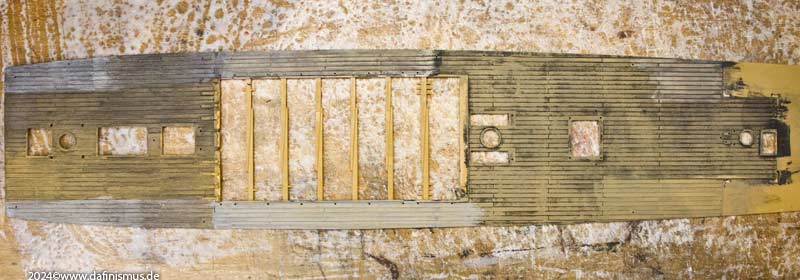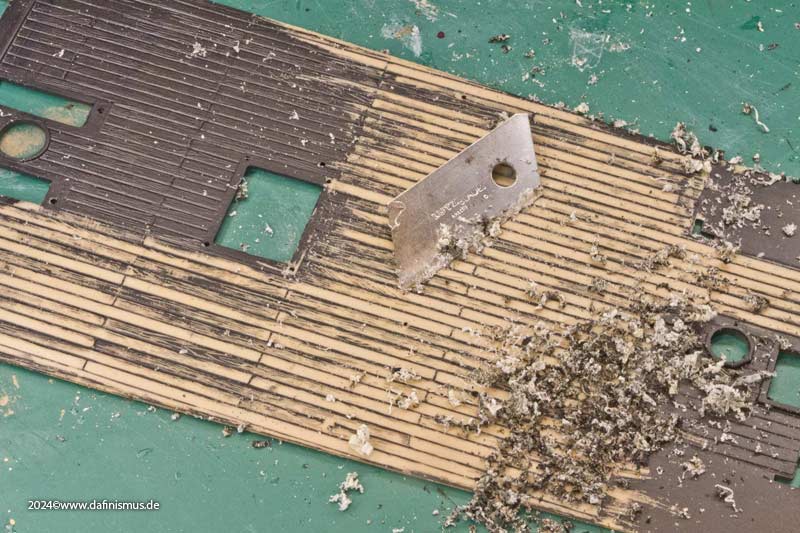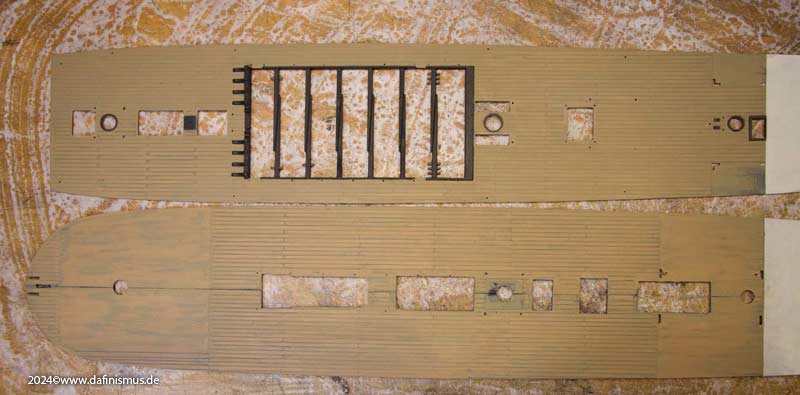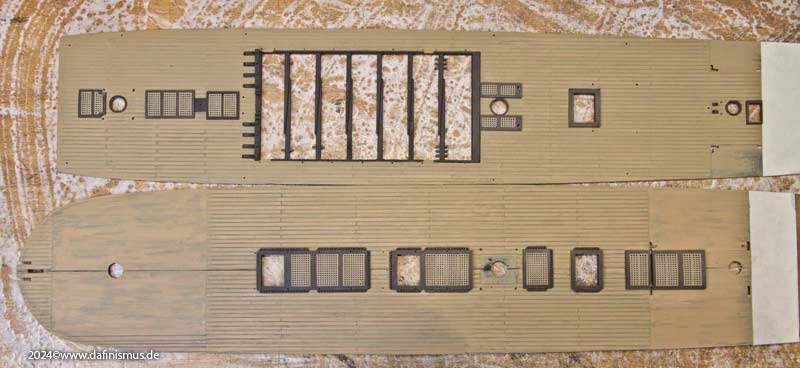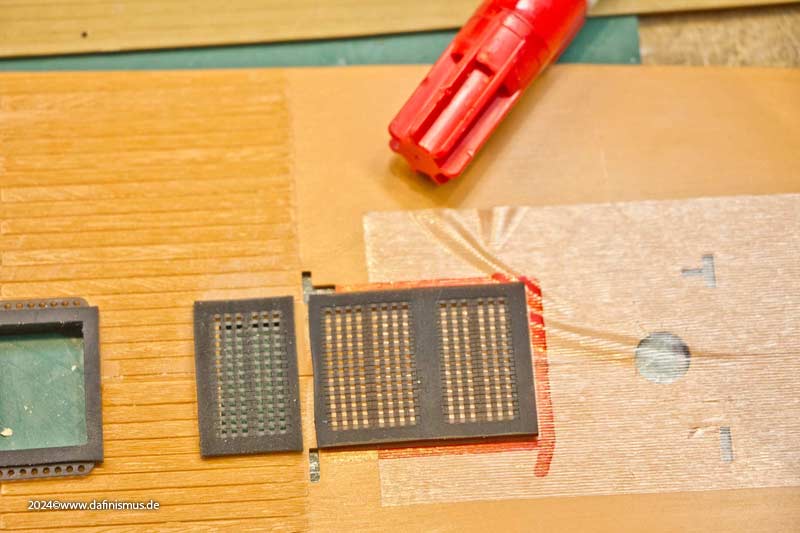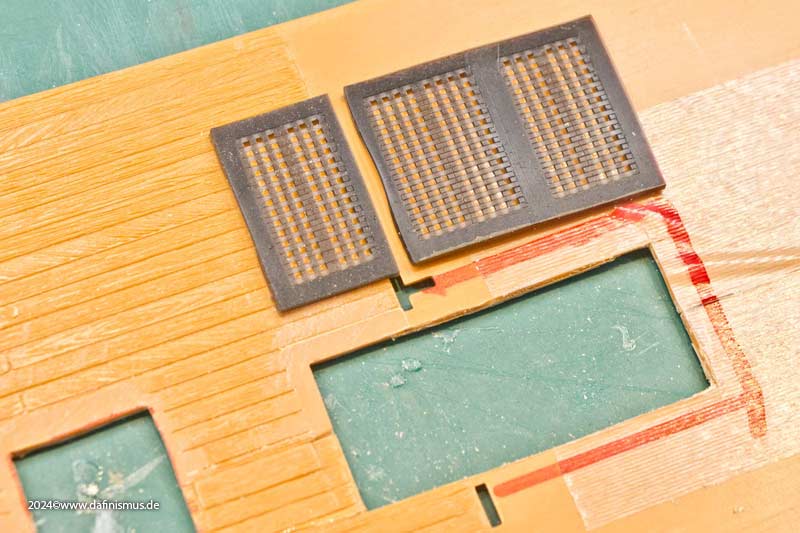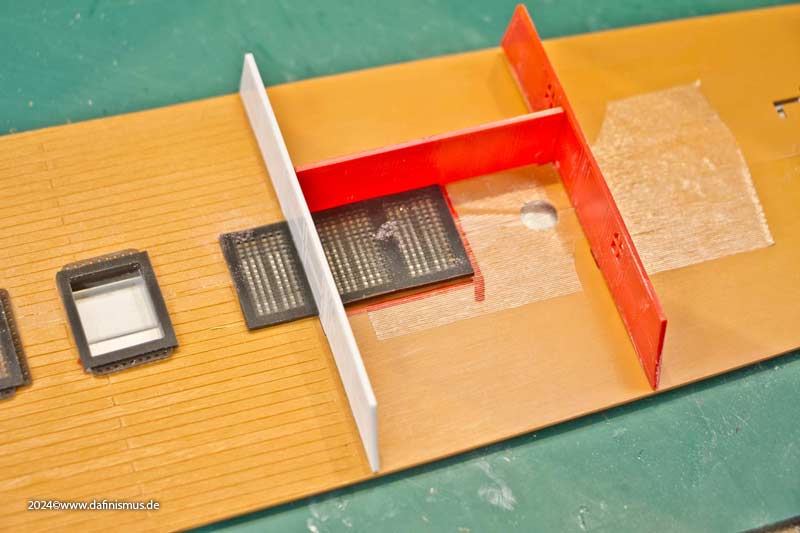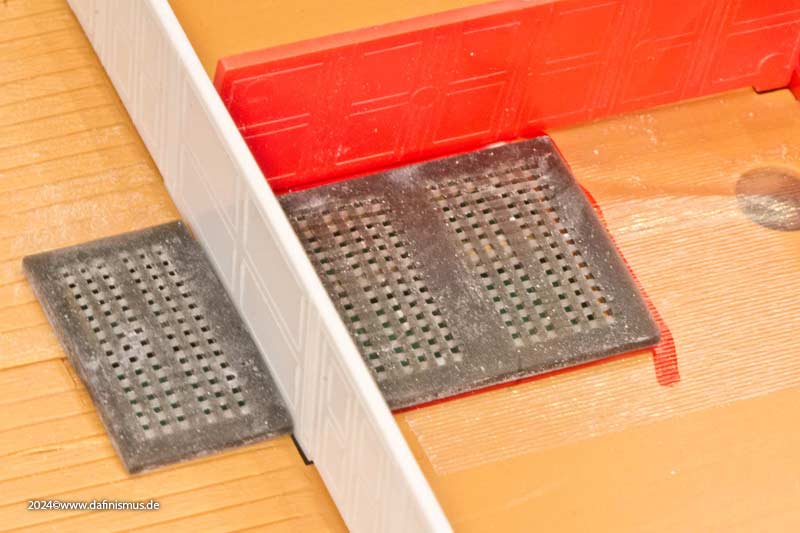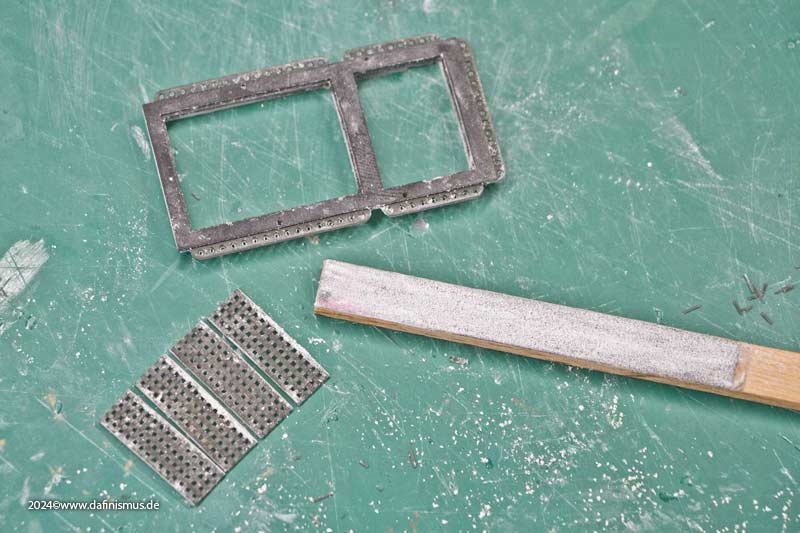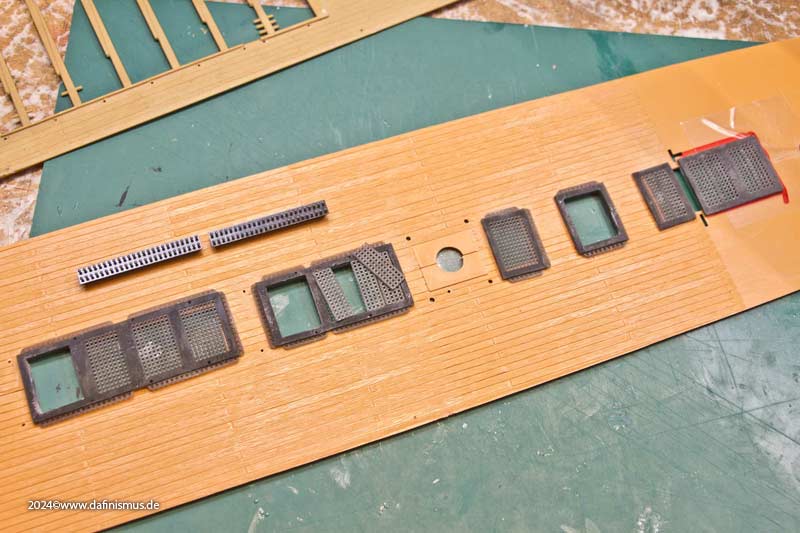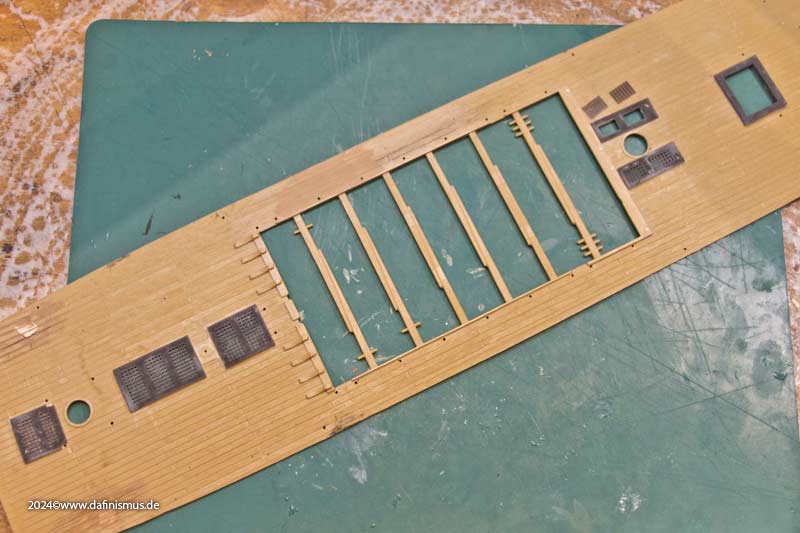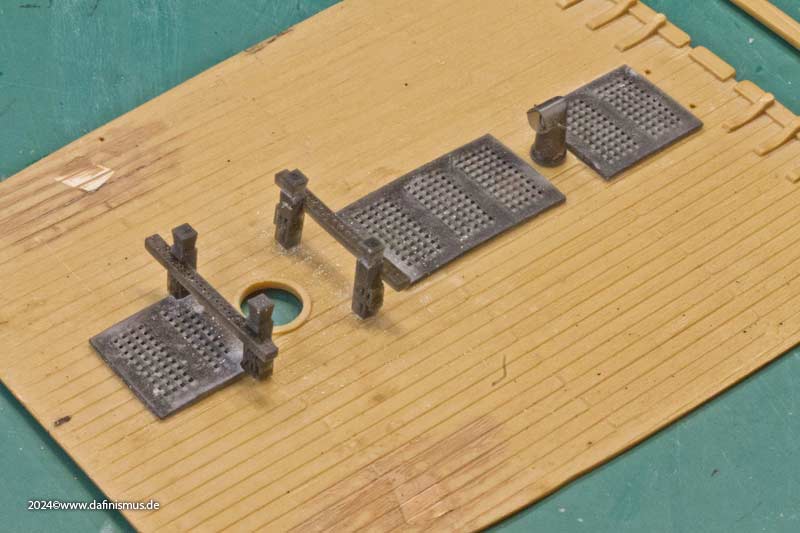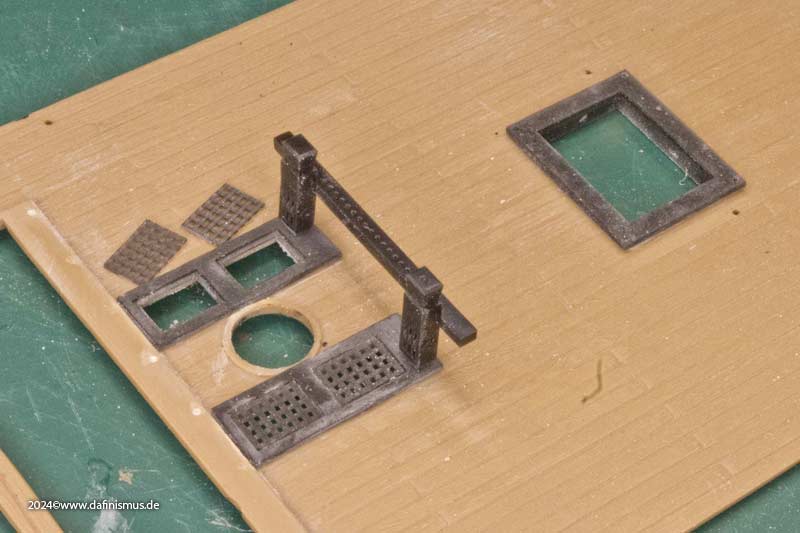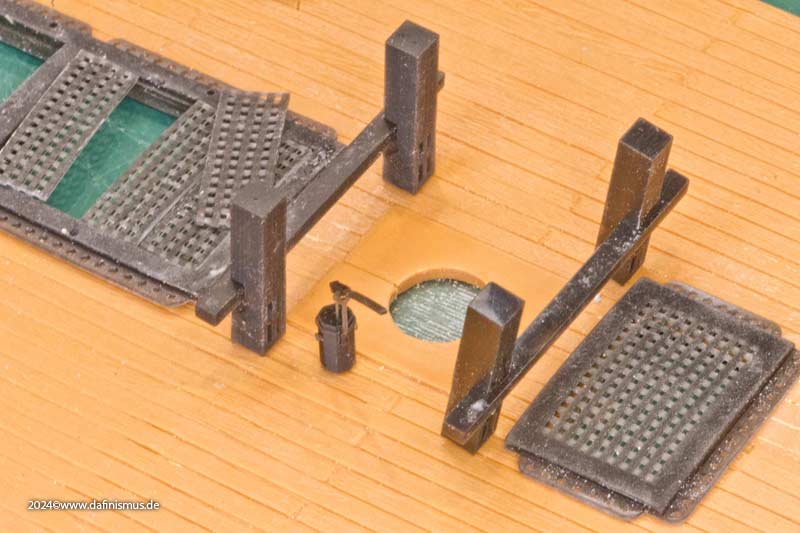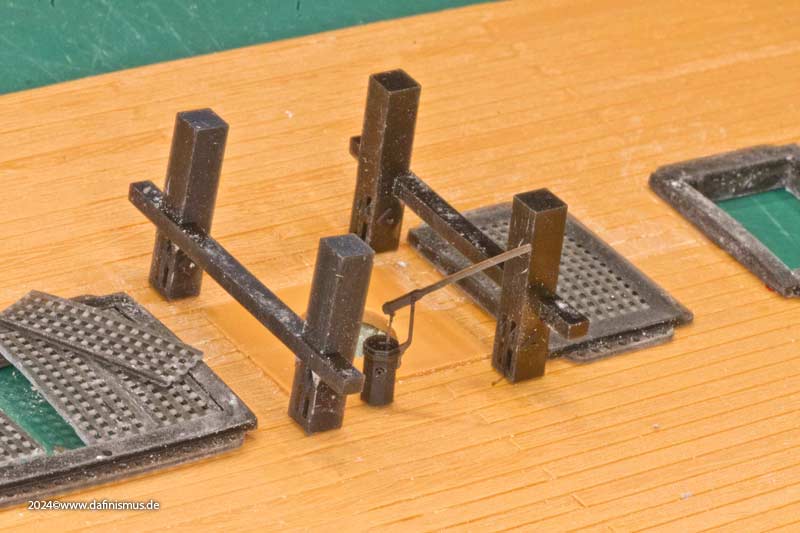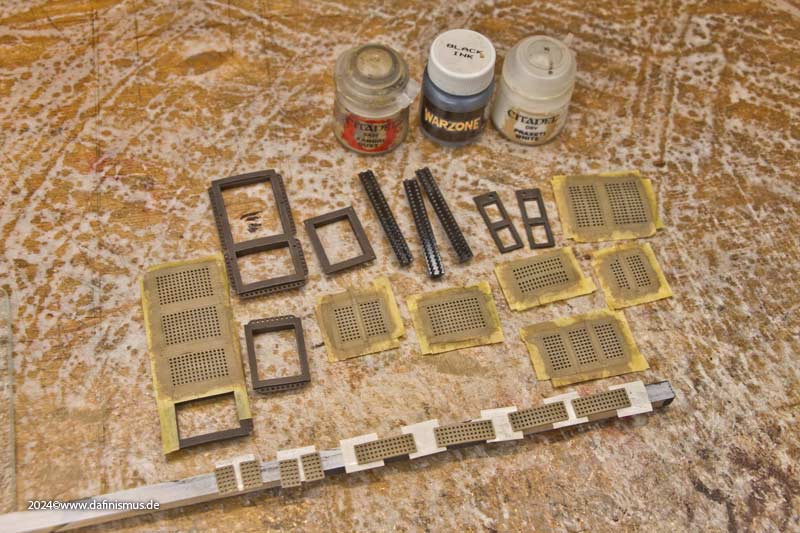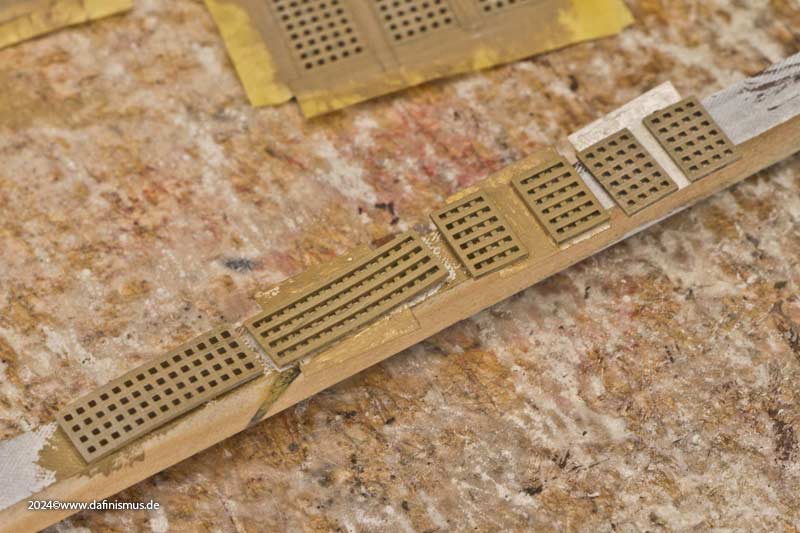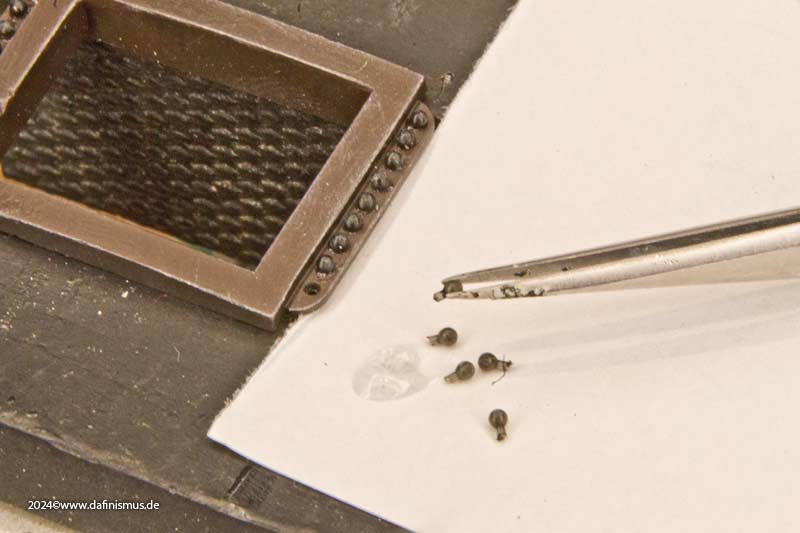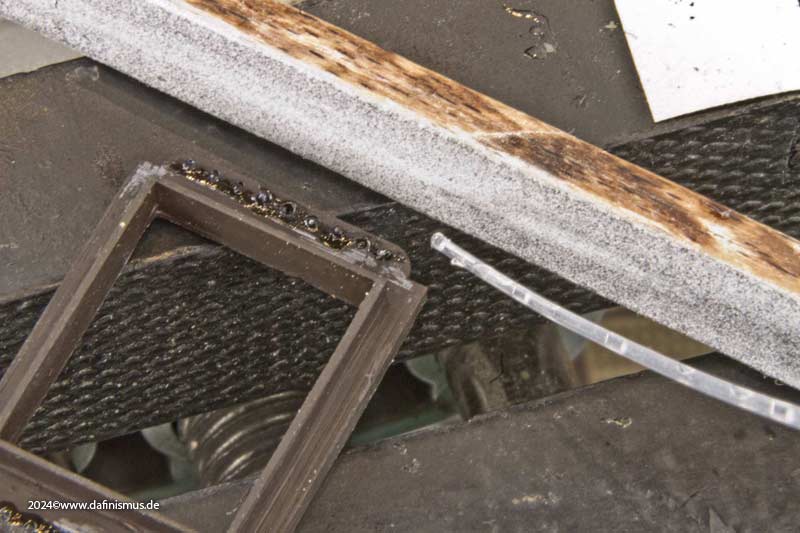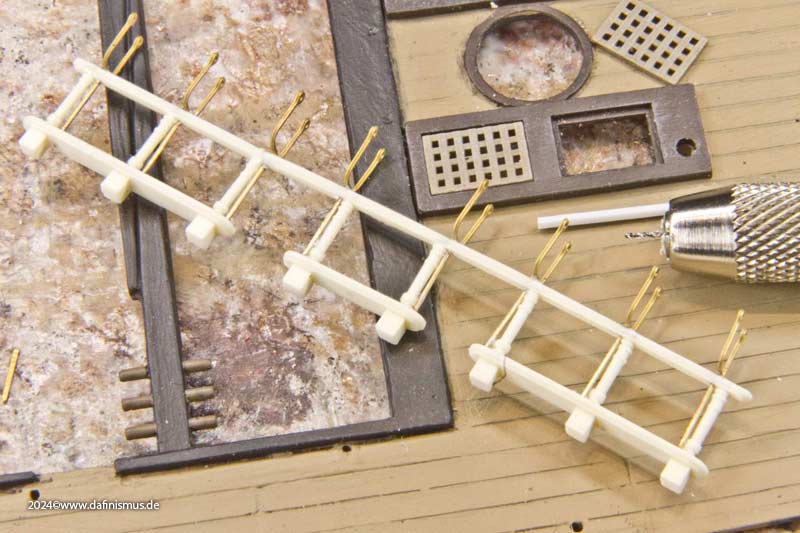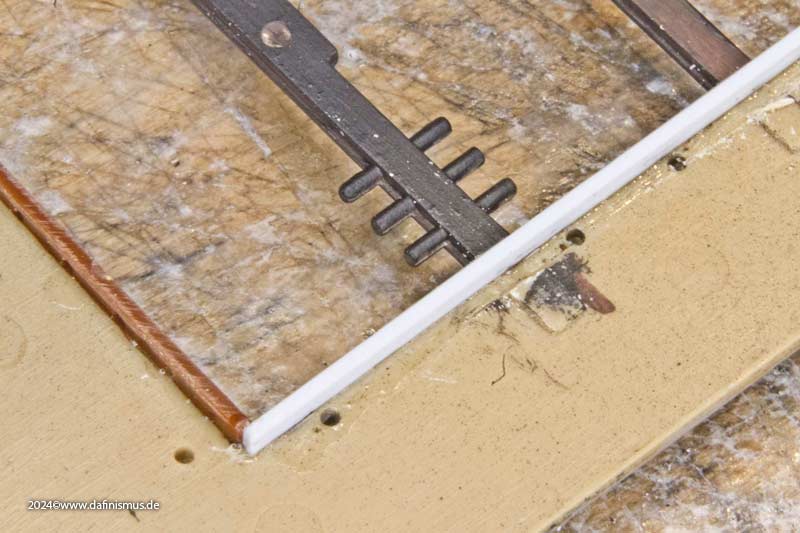- Joined
- Mar 18, 2021
- Messages
- 327
- Points
- 323

Next the barrels were continued. The number of hoops is interesting here. As an average layman, one would assume 4. However, Nelson's brandy leaguer shows a completely different number, and the double hoops are particularly interesting. I found several references to the fact that larger barrels have a double hoop at the top. So once again, nothing with once programming 1 barrel and scaling it to all sizes ;-)
Each barrel format is unique, and I have attempted to develop a reasonably plausible number of hoops. After all, a 675-litre Leaguer weighs over 0.8 modern tonnes, so there is a considerable amount of self-weight to bear, especially during transport when dynamic forces are added.
The result was a nice family picture:

The 1.55-metre-high, 104-cm-diameter tun is the largest in the series, but I have not yet come across it in a maritime context, probably because it is too unwieldy. The smallest here is the firkin, with a capacity of 9 gallons, a height of 56 cm and a diameter of 43 cm. The powder keg on the Invincible has almost identical dimensions and, in my opinion, is a firkin with special tyres.
The picture clearly shows that the size range of the different sizes could be reasonably accurate. Using this overview picture, I was able to compare the shapes of the different sizes.
And here are the next samples of the barrels. The differentiation between the various number of hoops results in a pleasant visual impression for eye of the beholder ;-)
The selected sizes are, in descending order, leaguer, puncheon and hogshead, as these are always mentioned when stowing the hold, plus the kilderkin as it is a basic measure and the smaller firkin for boats and as the probable size of powder barrels.




The stacking in the boats is based on historical data, so special launches for first and second rates could hold 14 to 16 leaguers, which is a mere 8 to 10 modern tonnes in weight. I dare to doubt how much freeboard was left, but perhaps there wasn't as much heavy stuff in there as liquids ...


XXXDAn
Each barrel format is unique, and I have attempted to develop a reasonably plausible number of hoops. After all, a 675-litre Leaguer weighs over 0.8 modern tonnes, so there is a considerable amount of self-weight to bear, especially during transport when dynamic forces are added.
The result was a nice family picture:

The 1.55-metre-high, 104-cm-diameter tun is the largest in the series, but I have not yet come across it in a maritime context, probably because it is too unwieldy. The smallest here is the firkin, with a capacity of 9 gallons, a height of 56 cm and a diameter of 43 cm. The powder keg on the Invincible has almost identical dimensions and, in my opinion, is a firkin with special tyres.
The picture clearly shows that the size range of the different sizes could be reasonably accurate. Using this overview picture, I was able to compare the shapes of the different sizes.
And here are the next samples of the barrels. The differentiation between the various number of hoops results in a pleasant visual impression for eye of the beholder ;-)
The selected sizes are, in descending order, leaguer, puncheon and hogshead, as these are always mentioned when stowing the hold, plus the kilderkin as it is a basic measure and the smaller firkin for boats and as the probable size of powder barrels.




The stacking in the boats is based on historical data, so special launches for first and second rates could hold 14 to 16 leaguers, which is a mere 8 to 10 modern tonnes in weight. I dare to doubt how much freeboard was left, but perhaps there wasn't as much heavy stuff in there as liquids ...


XXXDAn
Last edited:


